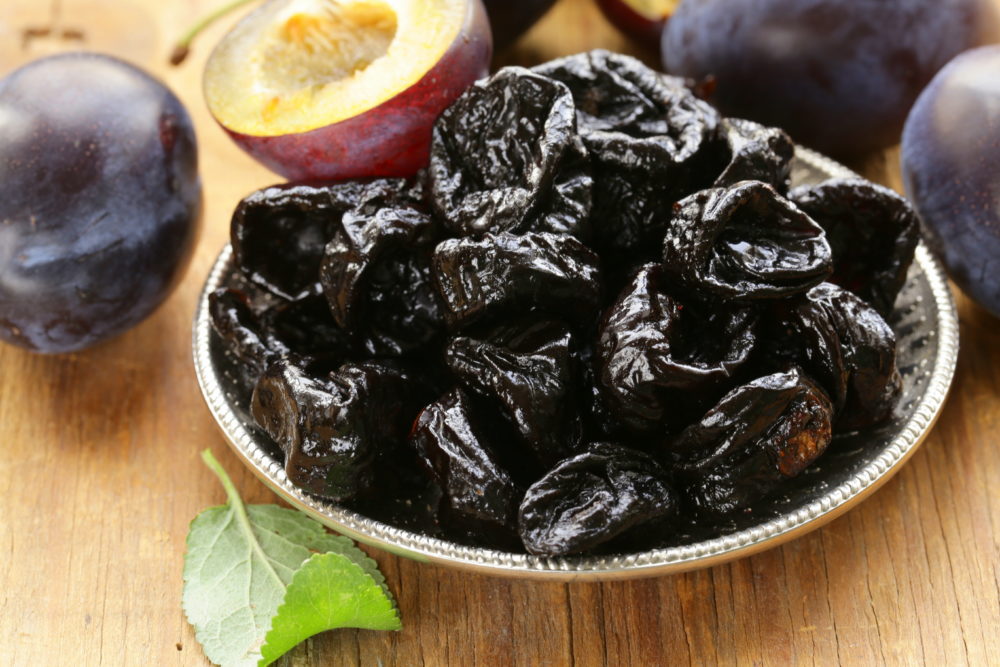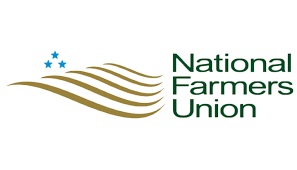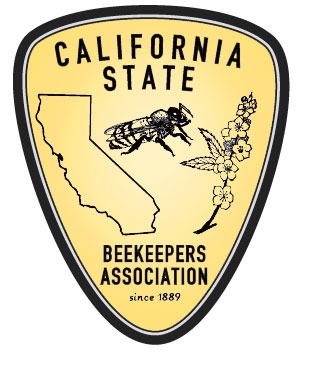Bees and Pollination
Billy Synk Manages Seeds for Bees Program
Cover Crops and Bee Health
By Jessica Theisman, Associate Editor
California Ag Today recently spoke with Billy Synk, director of pollination programs with project Apis m (the genus/species of European honey bee). We asked him about bees and the importance of cover crops in relation to bee health, and orchard soil health.
Early this year was difficult year with the lack of rain.
“Those almond growers that were on drip did not really have great cover crop stands,” he said.
The project Apis m mustard mix is a combination of canola, musters, and daikon radish that will bloom before the almonds and give the bees a boost of nutrition energy before the almond bloom starts.
“All these colonies from everywhere in America that are at their hungriest or at the weakest are placed in almond orchards, and they’ve got their most important job to do: that’s pollinate almonds,” Synk explained.
These cover crops are important to get bees stimulated before almond bloom.
“If you can get them stimulated before the almonds bloom, they are going to have a lot more vigor and vitality and really attack those blooms when it is time,” Synk said.
The bees go after the almond blossoms in what is called a positive feedback loop.
“They are looking for signs of spring, day length, and temperature, but they’re also looking for the very first fresh pollen to come in that year,” Synk said.
Bees will lay more eggs inside their hive when the new pollen comes.
“That brood has a pheromone that cues the bees to leave the hive to harvest more pollen to support more bees, and the whole cycle continues,” Synk explained.













 “We have enjoyed working with Apis m,” said Langer, “because foraging nutrition is one of the top factors affecting bee health today. Our ‘Feed a Bee’ program, launched in March 2015, has the goal to partner with 50 different organizations as ‘Feed a Bee’ partners, and
“We have enjoyed working with Apis m,” said Langer, “because foraging nutrition is one of the top factors affecting bee health today. Our ‘Feed a Bee’ program, launched in March 2015, has the goal to partner with 50 different organizations as ‘Feed a Bee’ partners, and Langer explained that
Langer explained that 











